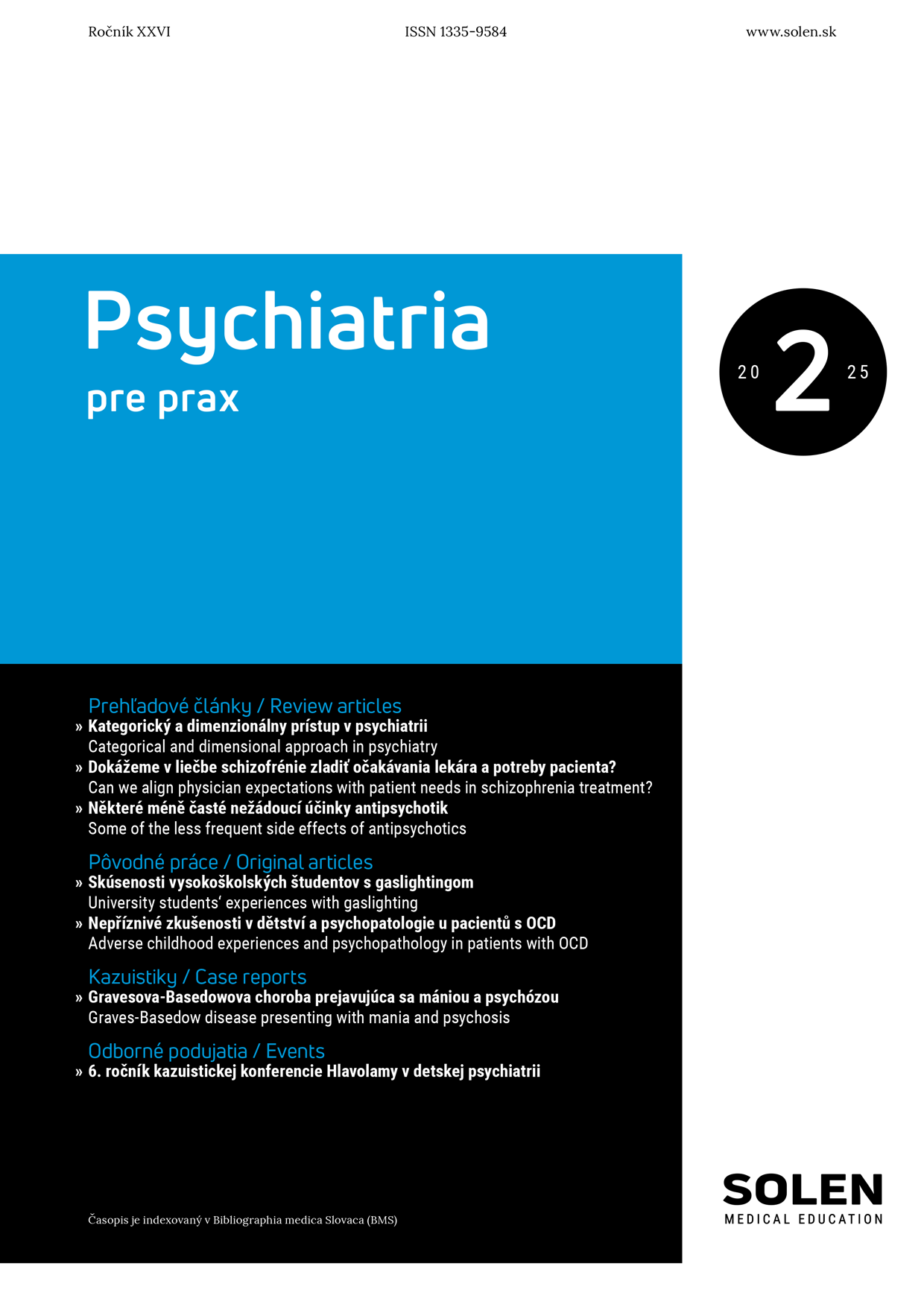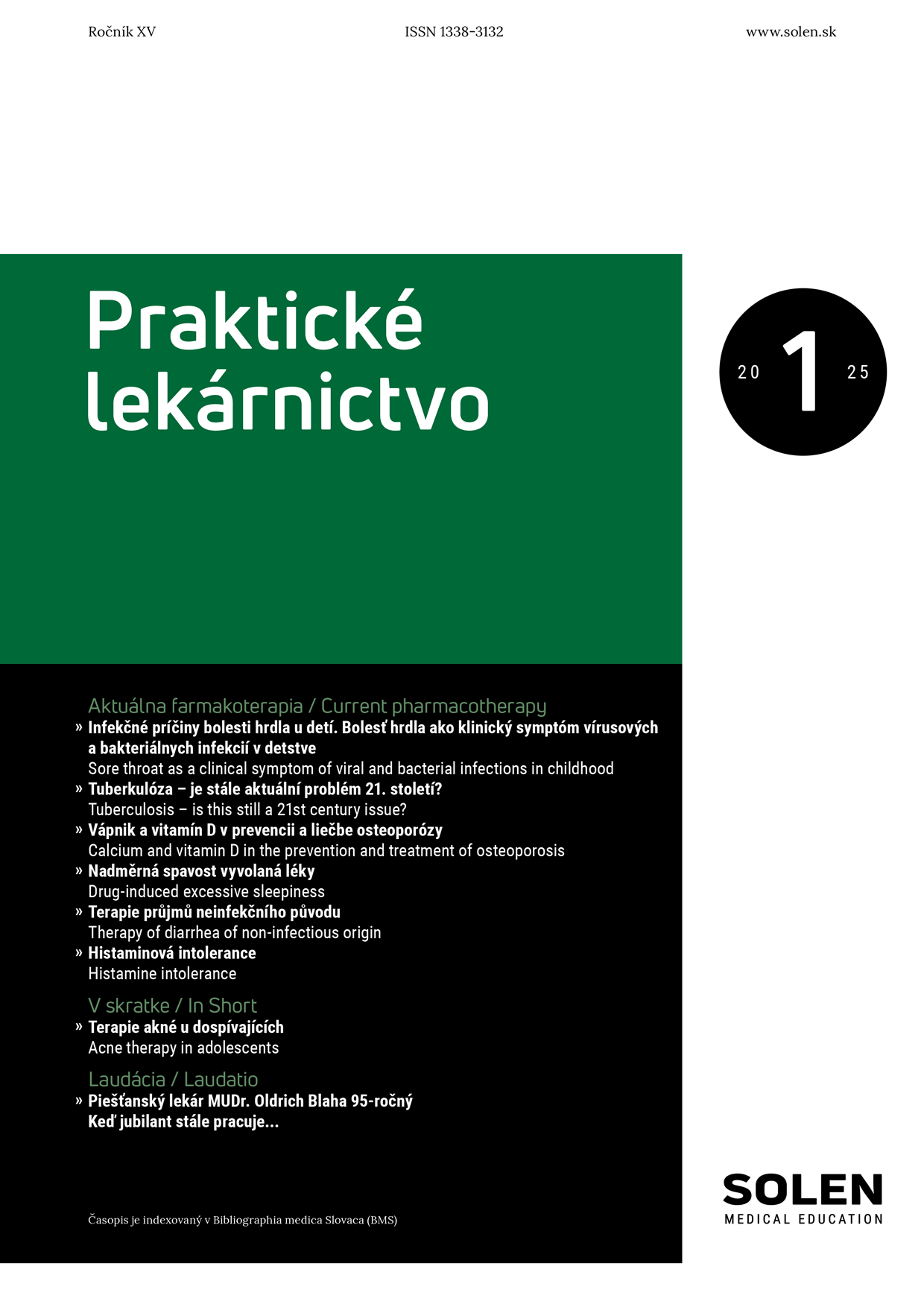Onkológia 1/2014
Myelodysplastický syndróm – klasifikácia a patofyziológia
prof. MUDr. Elena Tóthová, CSc.
Myelodysplastický syndróm (MDS) je heterogénna skupina chronických myeloidných neoplázií, pre ktoré je charakteristická cytopénia s dysplastickou morfológiou krvných buniek a častá progresia do akútnej myeloblastovej leukémie (AML). Pri MDS sú postihnuté viaceré línie krvotvorby, blasty, prstencové sideroblasty a cytogenetické lézie, v závislosti od ktorých súčasná WHO klasifikácia odlišuje rozličné podtypy MDS. Avšak odlíšenie medzi MDS a ďalšími myeloidnými malignitami, tak ako AML, myeloproliferatívne neoplázie (MPN), myelodysplastický/myeloproliferatívny syndróm (MDS/MPN), ako aj medzi rôznymi podtypmi MDS, je často problematické najmä v mnohých hraničných prípadoch, a preto je snaha o objasnenie týchto zdanlivo odlišných myeloidných malignít. V posledných rokoch nastal dramatický pokrok v používaní nových technológií, čo poskytuje nové príležitosti pre pochopenie patogenézy MDS. Metódou hlbokého sekvenovania boli potvrdené mnohé mutácie, ktorých korelácia s jednotlivými podtypmi MDS ako aj s progresiou ochorenia má prognostický význam aj v klinike. Pochopenie nových ciest aj intratumoróznej heterogenity môže viesť nielen k objasneniu patogenézy MDS, ale môže mať veľký význam aj v zlepšení diagnostiky a liečby.
Kľúčové slová: myelodysplastický syndróm, klasifikácia, patogenéza, dysplázia, cytogenetika, molekulová genetika, liečba.
Myelodysplastic syndrome – classification, pathophysiology
Myelodysplastic syndrom (MDS) are a heterogenous group of chronic myeloid neoplasms characterized by varying degrees of cytopenia with dysplastic blood cell morphology, frequently terminating in acute myeloid leukemia (AML). Reflecting their heterogeneity, MDS show varying degrees of lineage involvement, blast/ring sideroblast counts and cytogenetic lesions, depending on which the current WHO classification distinguishes several subtypes of MDS. However, the discrimintion between MDS and other myeloid cancer, such as acute myeloid leukemia (AML), myeloproliferative neoplasms (MPN), myelodysplastic/myeloproliferative neoplasms (MDS/MPN), and among different MDS subtypes is frequently obscured in many borderline cases, suggesting common underlying mechanisms shared by these apparently different entities of myeloid malignancies. Meanwhile, dramatic advances in high-throughput genome technology of recent years have provided a novel opportunity to understand the molecular genetics/pathogenesis of MDS. Deep sequencing of reccurent gene mutations in multiple cases indicates the presence of a hierarchy among different mutations, which might be relevant to disease progression and prognostication of clinical outcomes. Frequent presence of intratumour heterogeneity and a dynamic temporal behaviour seems to be an intrinsic feature of MDS, and an understanding of this would be indispensable not only to clarify the pathogenesis of MDS and transformation to AML, but also for the development of better MDS diagnostics and therapeutics.
Keywords: myelodysplastic syndrom, classification, pathophysiology, dysplasia, cytogenetic, molecular genetic, therapy.


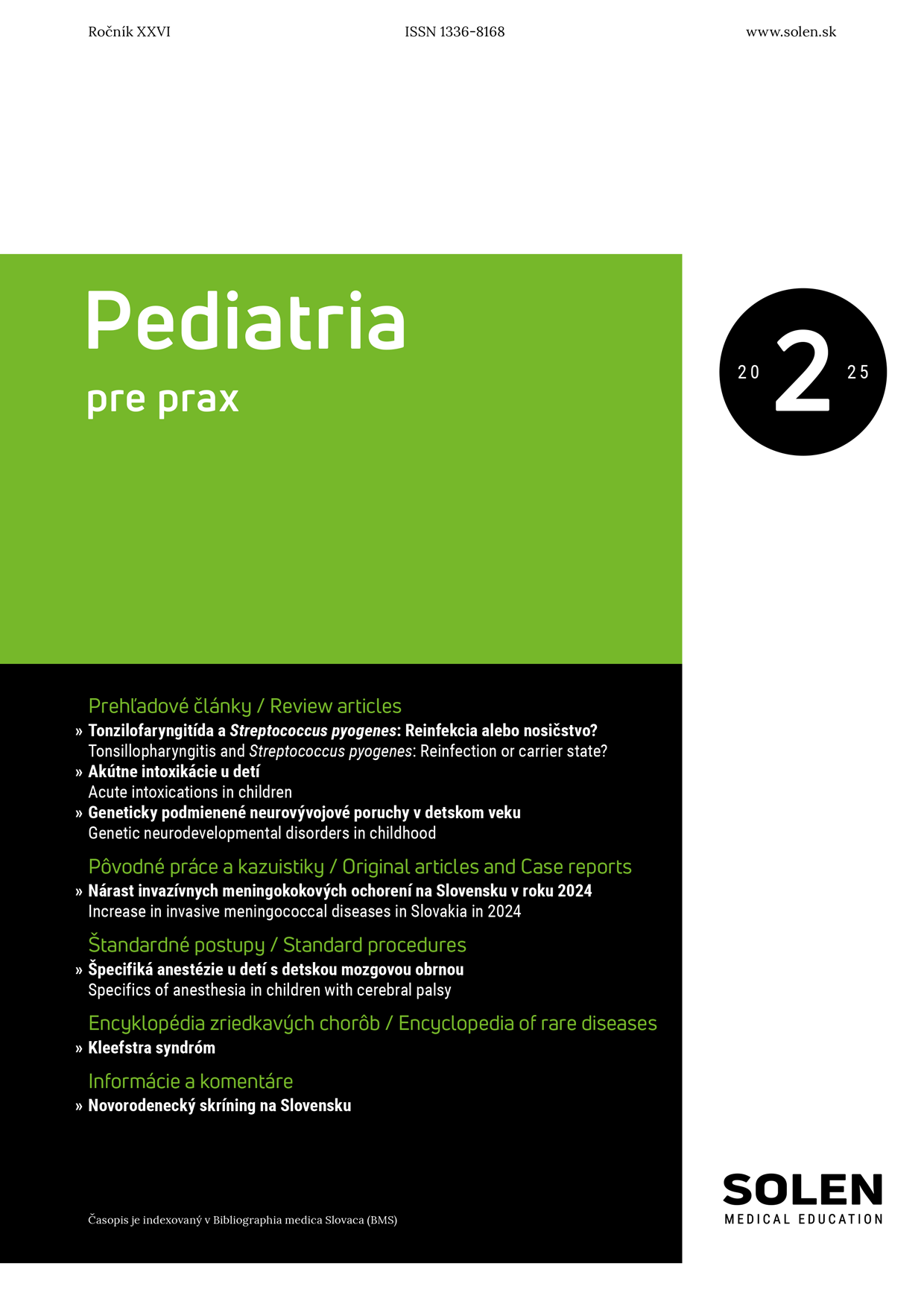
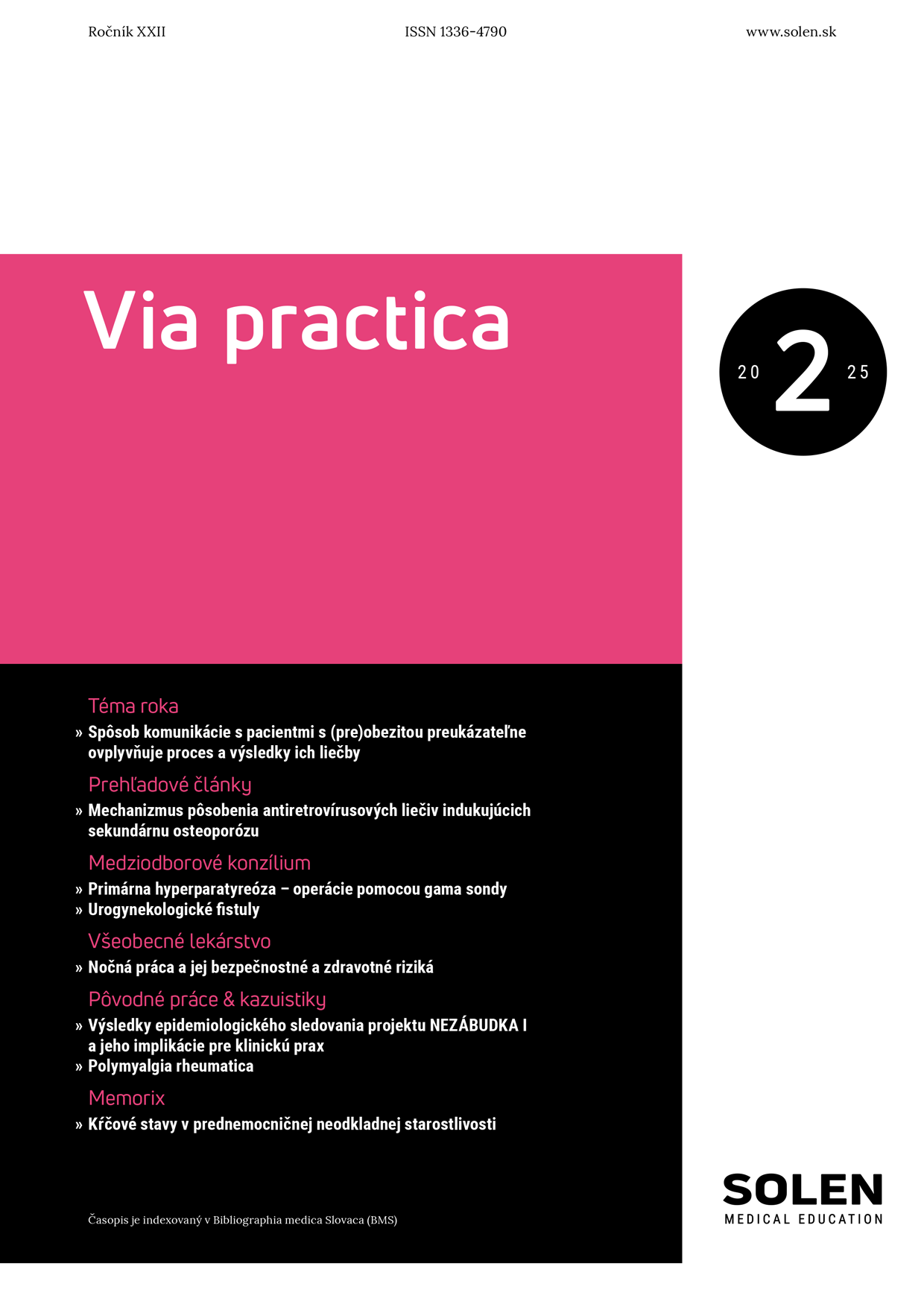
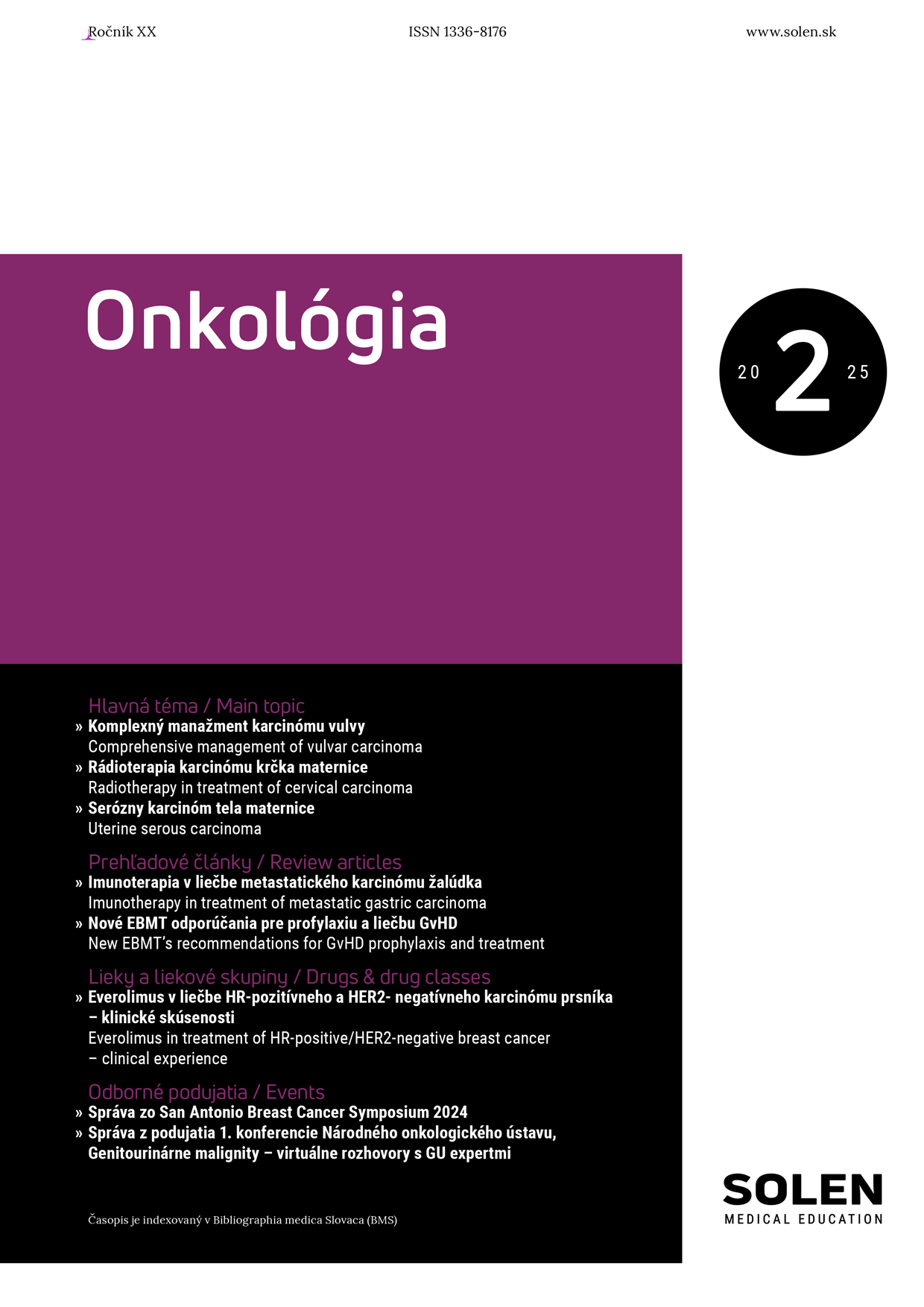
-1.png)
